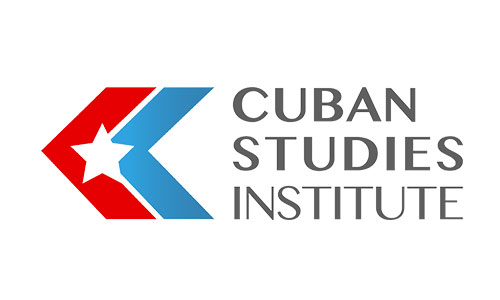Directorio Revolucionario Estudiantil (DRE)
A group of University of Havana students formed in1960 by Juan Manuel Salvat’s Trinchera groups as a wing in the university of the Movimiento de Rescate Revolucionario (MRR). As the activities of such anti-Castro organizations as the DRE hampered the government’s efforts to control the university, it repressed their members through beatings, expulsion from the university, and […]
Directorio Revolucionario Estudiantil (DRE) Leer más »


